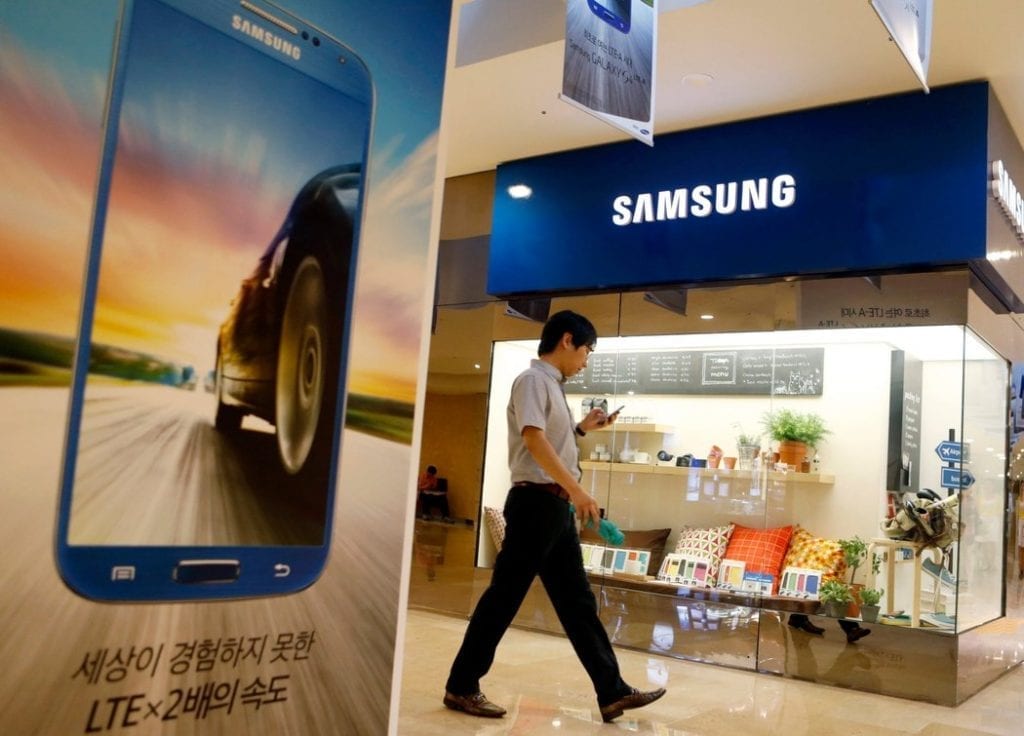

Tech Giant Eyes India as Tariff Rates Impact Manufacturing Decisions
In response to the recent implementation of U.S. tariffs, Samsung Electronics is proactively evaluating its production strategy to mitigate financial impacts. During its Q1 2025 earnings call, the South Korean tech giant signaled a potential shift in its manufacturing operations to safeguard its profitability in the U.S. market.
Samsung revealed plans to relocate manufacturing for certain smartphone units, particularly those destined for the U.S. Currently, many of these devices are produced in Vietnam, which has recently faced a steep 46% tariff. In contrast, India presents a more favorable 26% tariff rate, making it a strong candidate for the transition.
Despite a 90-day pause on the new tariffs aimed at fostering negotiations, Samsung remains vigilant as it scrutinizes the evolving trade landscape.
This potential manufacturing shift extends beyond mobile devices. Samsung’s divisions responsible for televisions, monitors, and home appliances are also considering relocating some production to navigate tariff pressures. The company is simultaneously focusing on enhancing its portfolio with more premium products to maintain robust sales figures.
The mobile division, in particular, is intensifying efforts to boost flagship sales, ensuring profits remain stable amidst these challenges. This adaptive approach reflects a common trend among major tech companies, including competitors like Apple, who diversify their manufacturing to minimize risks associated with global trade policies.
As Samsung and other tech firms reassess their production strategies, the retail sector may witness fluctuations in product availability and pricing structures. Consumers could feel the impact of these changes in the coming months, as adjustments to manufacturing locations could lead to varied price points for Samsung smartphones. This evolving landscape underscores the intricate balance that technology brands must maintain while navigating geopolitical dynamics and shifting consumer trends.